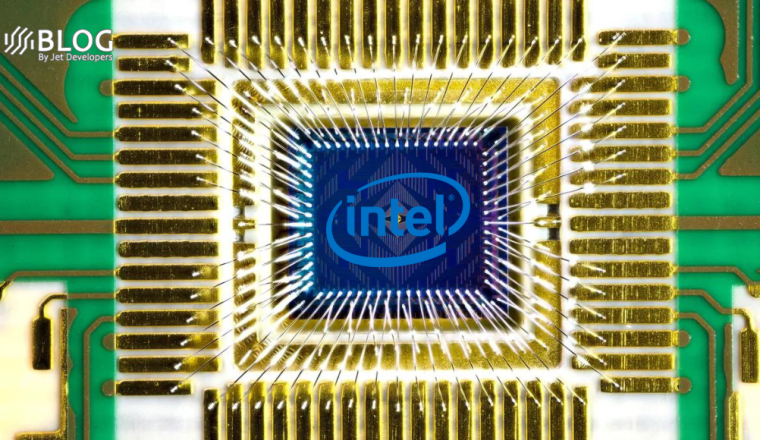Intel’s Sierra Forest Chip Revolutionizes Data Center Efficiency
Intel’s latest innovation, the Sierra Forest chip, is set to redefine efficiency standards in the realm of microchips. With a launch projected for 2024, this cutting-edge data center chip boasts an unparalleled double-efficiency feature while maintaining the same power consumption as its counterparts. This development aligns seamlessly with the industry-wide commitment to curbing power usage and enhancing both cost-effectiveness and ecological sustainability.
At a prominent semiconductor technology conference hosted by Stanford University in Silicon Valley, Intel took the wraps off the upcoming “Sierra Forest” chip. What sets this chip apart is its remarkable promise of delivering a remarkable 240% improvement in performance per watt compared to Intel’s current generation of data center chips. This revelation holds profound implications, particularly given the staggering electricity consumption of data centers that drive the modern digital landscape. With mounting pressure on technology firms to rein in energy usage, this breakthrough could be a game-changer.
The insatiable appetite for energy within data centers, mainly driven by server maintenance, prompted Intel’s innovation. To put the figures in perspective, C and C Technology Group estimates that data centers gulp down about 1,000 kWh per square meter—a staggering tenfold more than an average American household. This prodigious energy demand is primarily attributed to server racks, the backbone of data centers, which not only require substantial power to function but also demand extensive energy resources to maintain optimal temperatures. The inefficiency of cooling systems further compounds the issue, accounting for a staggering 70% of a data center’s total energy consumption.
The conspicuous culprits in this energy-intensive scenario are servers and cooling systems, necessitating a concerted drive toward efficiency optimization. The challenge is further exacerbated by outdated servers and network communication tools that remain conspicuous energy hogs. Enter Intel, aiming to maximize computational output per chip to address these challenges head-on.
Notably, the scene isn’t exclusive to Intel; competitors are also in the race to harness efficiency. Ampere Computing, a startup founded by former Intel executives, introduced a cloud-computing-centric chip that effectively handles demanding tasks. Responding to this challenge, both Intel and rival Advanced Micro Devices (AMD) have rolled out comparable offerings, with AMD’s version hitting the market in June of this year.
The spotlight returned to Intel as it unveiled plans for the impending release of the “Sierra Forest” chip in the coming year. What distinguishes this launch is Intel’s strategic segmentation of its data center chip lineup for the first time. The division comprises the high-performance “Granite Rapids” chip, characterized by higher power consumption, and the more energy-efficient “Sierra Forest” chip. This move is a strategic response to Intel’s dwindling market share in the data center sector, an arena where AMD and Ampere have managed to carve out a competitive foothold.
Ronak Singhal, a senior fellow at Intel, underlines the transformative potential of the “Sierra Forest” chip for data centers. By consolidating legacy software onto fewer computers within a data center, substantial power savings become feasible. Singhal’s explanation is simple yet profound: “I may have things that are four or five, six years old. I can get power savings by moving something that’s currently on five, 10 or 15 different servers into a single” new chip. This density-centric approach not only drives down the total cost of ownership but also necessitates fewer systems, embodying a promising stride toward a more sustainable future for data centers.






